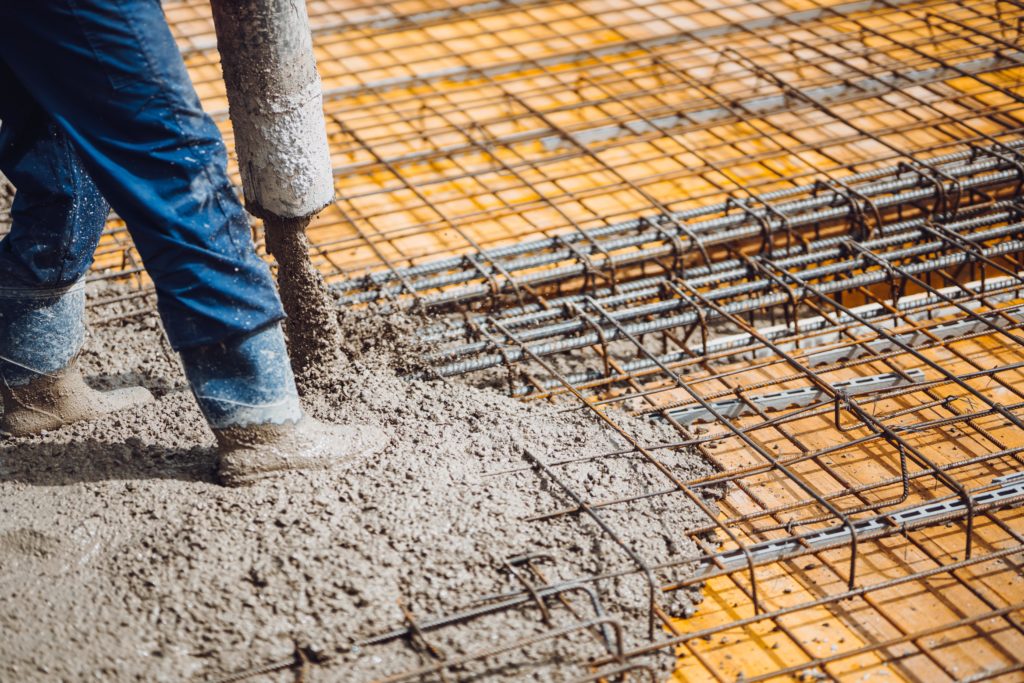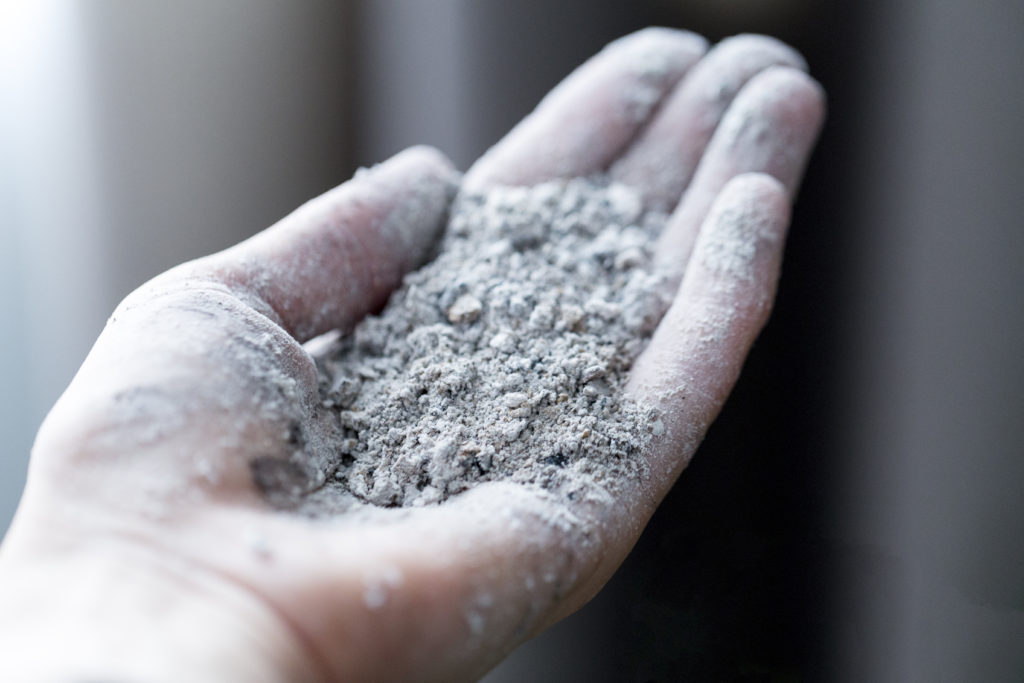
Did you know that concrete is the most commonly used building material on the planet? How about that 70% of all humans live in a structure made at least partly out of concrete? Or that concrete is the 2nd most consumed material on Earth after water? Concrete is used in our homes, buildings, roads, bridges, dams, sidewalks, pipes, and drains. And since it is relatively inexpensive, strong, and versatile, concrete production is only expected to increase as our global population rises.
A Heavy Footprint
Concrete production currently accounts for about 8-10 percent of the carbon dioxide being emitted into the atmosphere, dwarfing the aviation industry’s contribution of 2.5 percent. Concrete’s contribution of CO2 is comparable to the entire agriculture industry, which is responsible for 9 percent of carbon emissions. Additionally, the concrete industry uses about one billion cubic meters of water each year worldwide. Note, this does not include wash water (formally potable water used to clean tools and equipment that have come into contact with fresh or hardened concrete, such as mixing drums, chutes, or buckets) and curing water (the water used to maintain adequate moisture content as the concrete hardens and sets in a chemical process known as hydration).
Additionally, since concrete is used to create hard surfaces, it contributes to surface runoff, which can cause soil erosion, water pollution, and flooding; and concrete dust released by production, building demolition, and natural disasters can be a major source of dangerous air pollution.
What is Concrete?
Although the terms cement and concrete are often used interchangeably, cement is actually an ingredient of concrete. Think of cement like the glue that holds it all together. Concrete itself is actually a composite material made of fine and coarse aggregate (think gravel, crushed stone, sand) bound together by a liquid binder (such as cement) that hardens or cures over time. Portland cement is the most common type of cement, and is a fine powder produced by heating limestone and clay materials in a kiln and adding gypsum. After mixing with water, the cement hardens or cures into the stone-like material we think of as concrete.

The chemical processes used to create cement—burning limestone and clay in a high-temperature kiln and grinding the result—contributes the greatest share of emissions (though the collection of sand, a commonly used aggregate, has its own problems which we’ll talk about next week). The manufacture of cement produces about 0.9 pounds of CO2 for every pound of cement. Since cement is only a fraction of the constituents in concrete, manufacturing one ton of concrete (2000 lbs) is responsible for emitting about 200 lbs of CO2, which is about the same as half your average tank of gas—which actually doesn’t sound so bad does it? Until you take into account that more than 10 billion tons of concrete is produced globally every year.
In fact, if the concrete industry were a country, it would be the third largest emitter of carbon dioxide on the planet, at over 3 billion tons, surpassed only by China and the US.
Lightening the Load

Since most of the emissions from concrete production are linked to cement, an obvious solution would be to find alternatives to traditional cement, and these do exist, somewhat imperfectly as many are waste by-products from industries with their own environmental issues, i.e., ashcrete which is made from fly ash, a waste product of coal combustion. As we move away from coal usage, this will no longer be available.
Other than finding substitutes for cement, replacing aggregate materials with recyclable and reusable resources is a potentially effective strategy to minimize greenhouse emissions. Some aggregate alternatives include paper/fiber, waste plastic, post-consumer glass, and concrete debris. Switching to less energy-intensive kilns, implementing carbon capture technology, and switching to renewable energy during the production process will also lower emissions.
A British manufacturer, “Novacem” once claimed to have developed a carbon dioxide absorbing concrete, using magnesium sulfate. According to the manufacturer, it could absorb up to 0.6 tons of carbon dioxide, compared to a ton of traditional concrete which emits around 0.4 tons of C02. And while a lack of funding ultimately took this player out of the game, innovative ideas like this have the potential to shift the tides of human development to something closer to “sustainable”.
In a report published in Nature in December of 2020, a team of scientists calculated that in 2020, the weight of human-made materials reached 1.1 trillion tons, exceeding the mass of all living things on the planet, which includes people, bacteria, plants and animals combined. At what point does the weight of everything we humans have made overwhelm our planet? Do we really want to live in a concrete jungle?


